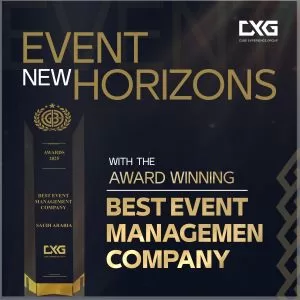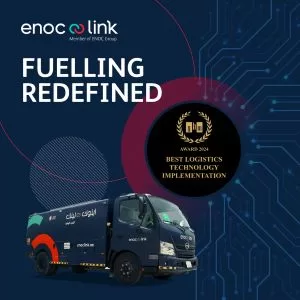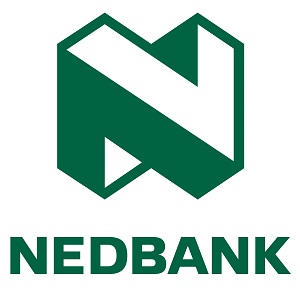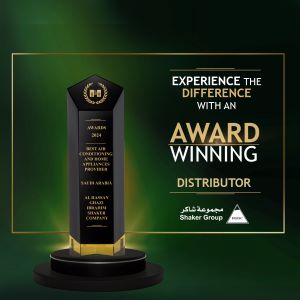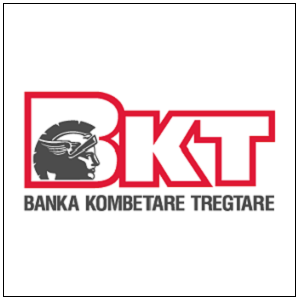Auto
Tesla vs. Competitors: Who’s Winning the EV Race?
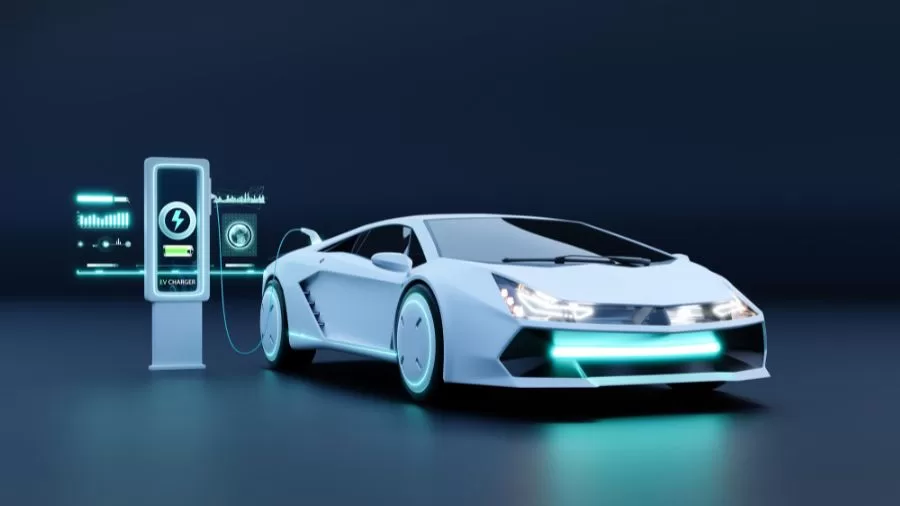
Many market observers feel that Tesla began the electric vehicle (EV) race. However, markets change quickly, so is Tesla still on top, or have innovative competitors caught up?
EV sales have exploded over the last decade, from approximately 1.5 million selling in 2017 to nearly 10 million in 2023. A lot of these sales are thanks to Tesla’s innovative influence on the market or are made up of Tesla cars. So this manufacturer’s impact on the market is undeniable.
However, despite Tesla being the undeniably longest-standing EV manufacturer, competition has been growing on all sides, from startups and legacy automakers releasing hybrids and pure electric editions of new vehicles.
This article explores whether Tesla is leading the market or competitors are catching up by looking at its current market position, competitor landscape, the role of enterprise AI, and challenges and opportunities.
Tesla’s Current Market Position
In 2023, Tesla was ranked one of the most valuable fifteen companies across all industries and employed nearly 140,500 staff worldwide in the same year.
Its key strengths that drive this success are:
- Gigafactories: Tesla’s battery-making factories are called gigafactories because they can produce gigawatt-hour (GwH) batteries and are famous for producing 17000 batteries a year.
- Vertical integration: Tesla owns the means of every stage of its production, from acquiring raw materials to manufacturing to distribution. This vertical integration approach helps raise record profits every year.
- Charging infrastructure: Tesla made news when it announced its superchargers, which can famously charge a car for 200 miles on a 15-minute charge.
- Brand loyalty: All of the above features and the pioneering attitude that made Elon Musk successful helped slowly generate brand loyalty to rival Apple.
More recently, Tesla has shown it is not giving up its innovative image with the cyber truck and a refresh of the Model 3. These new products have helped Tesla stocks rise consistently, allowing the company to invest more in innovation and infrastructure and remain on top of the EV market.
EV Competitor Landscape: Who’s Gaining Ground?
Like any automobile market, the EV manufacturing industry has many competitors on the heels of market leader Tesla.
Some of the main competitors that want a bigger piece of the EV pie are:
BYD (China)
As has often been the case, China is competing with the USA. BYD is Tesla’s strongest global rival, dominating China’s EV market with affordable models and rapid production. It has surpassed Tesla in total EV sales and is expanding into Europe and other regions. BYD competes with Tesla by offering lower-cost, mass-market vehicles and strong government backing from its home country, China.
Ford & GM
Legacy automakers Ford and GM are aggressively investing in EVs, with models like the Mustang Mach-E and Chevrolet Silverado EV. Their large manufacturing capacity and dealer networks help scale quickly. They compete by leveraging brand loyalty, expanding EV lineups, and aiming for affordability and utility in electric trucks and SUVs.
Rivian & Lucid
EV manufacturers Rivian and Lucid are an odd comparison for Tesla because they cater to premium EV segments. They attract premium clients with outstanding performance, elegant design, and luxurious features.
Rivian’s strategy is to emphasize their adventure-ready electric trucks and SUVs, while Lucid competes with Tesla’s high-end models through advanced range and sleek design. Despite their smaller size compared to the Tesla giant, their persistent innovations and consistent investor support make them elite challengers on the EV stage.
Volkswagen
Volkswagen has long been leading the EV efforts in Europe. Their strategy is to phase out the internal combustion engine entirely, depending on EV technology.
It is currently optimizing its global reach as one of the most popular family car manufacturers and using its production scale to produce thousands of EVs to gain a piece of the market. It is trying to compete with Tesla regarding affordability, design, and accessibility. Its investment in EV platforms and battery tech supports its rapid rise in market share.
These large competitors are gaining ground on EV market shares due to more competitive pricing caused by the popularity of EVs, wider ranges of choice, and better performance since technology has caught up.
Government incentives to buy EVs for their environmentally friendly low emissions drive consumers to choose EVs, so many drivers are choosing manufacturers aside from Tesla.
Role of Enterprise AI in the EV Race
Enterprise AI companies like AI21 provide AI tools with a design profile for the largest organizations. These tools have vocabulary and applications that suit enterprise settings, like customizable jargon and high-volume chatbot capabilities. These features are essential for messaging and scheduling apps in EV manufacturers to maintain smooth, effective processes.
A large part of Tesla’s image comprises its use of AI for self-driving tech, real-time data collection, and the powerful Dojo supercomputer.
Tesla’s competitors are also leveraging AI for many applications to keep up with the market leader:
- Smart manufacturing and predictive maintenance.
- Customer behavior analysis and demand forecasting.
- Autonomous driving research (e.g., GM’s Cruise Waymo partnerships).
It’s also significant to note that enterprise AI is a competitive differentiator between EV manufacturers. Not just for the technology users find in cars, but also streamlining operations.
Conclusion
The EV race speeds on between Tesla and many competitors, like BYD from China and Ford & GM.
The stakes are high and there are many factors that influence manufacturer popularity, such as government backing and incentives for greener cars which vary by country.
Tesla is setting the pace for the size of their manufacturing plants and their charging infrastructure. But others are accelerating to catch up.
It’s impossible to say whether Tesla will lead the market in the next few years, but it’s certain that companies that innovate with speed, intelligence, and purpose will shape the next era of transportation.









